The Evil in TRUE DETECTIVE: The Masterpiece Explained
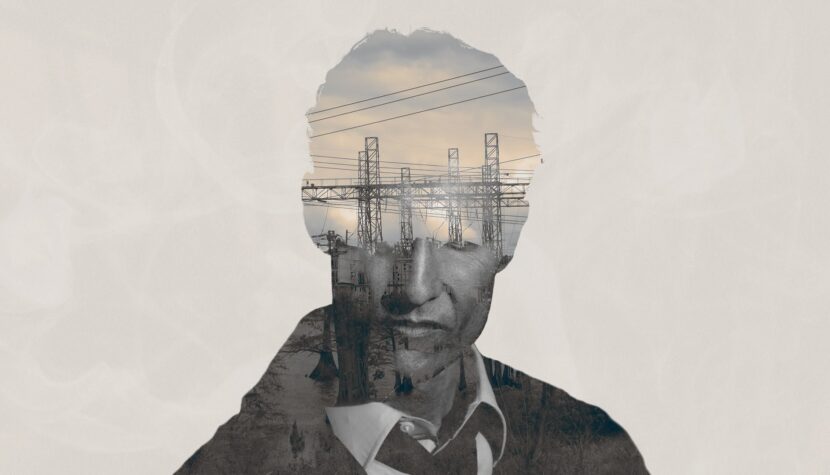
The first time, after three episodes, I decided to explore the philosophy of one of the main characters, Rust Cohle. It turned out that he approaches the reality he perceives in a very specific way. This time, I want to focus on a particular issue presented in the world of the series and, incidentally, expand on Cohle’s philosophy.
The Traps of Morality
The character who lives and functions quite effectively in society is Martin Hart. Unlike Cohle, he is not an outcast but a person entirely immersed in his socio-cultural world. He knows social norms and lives by them – at least that’s what he believes. In this character, too, there is a certain fracture that highlights the fact that each of us carries a negative element within. Martin Hart falls into the trap of morality, and only his reunion with Rust Cohle allows him to free himself from it.
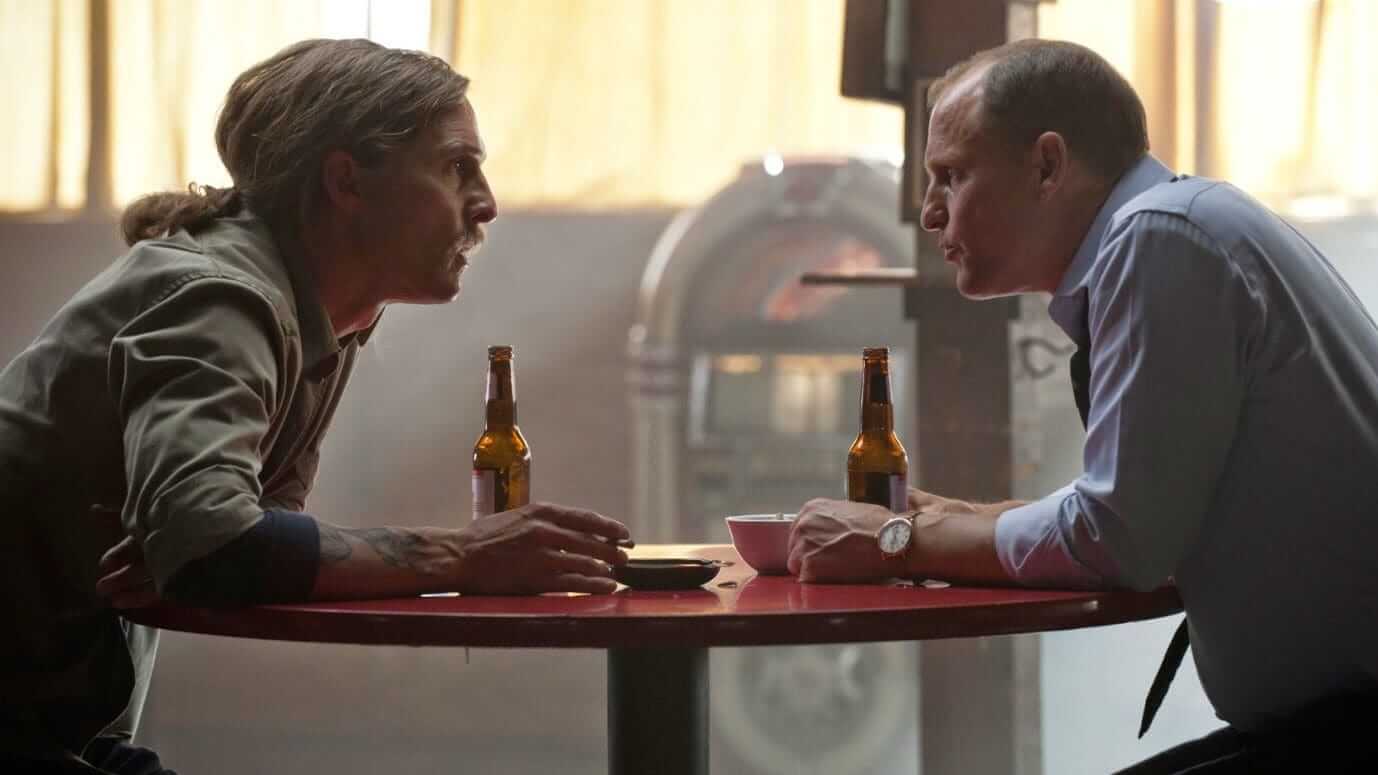
The first trait that strongly influences Hart’s actions is that he operates according to an extremely patriarchal vision of the world. For him, a woman is property. This is reflected in his relationship with his wife, who should always support him and turn a blind eye to his mistakes. After work, Hart wants to relax rather than listen to tirades about family problems, making him far from a character who supports a partnership based on equal division of responsibilities. For Hart, the world is based on solid values, namely family and hierarchy. However, this is only an ideal model, completely diverging from the reality he enacts. In his interactions with people, it turns out that Martin Hart often breaks the values he professes, bringing suffering to his own family.
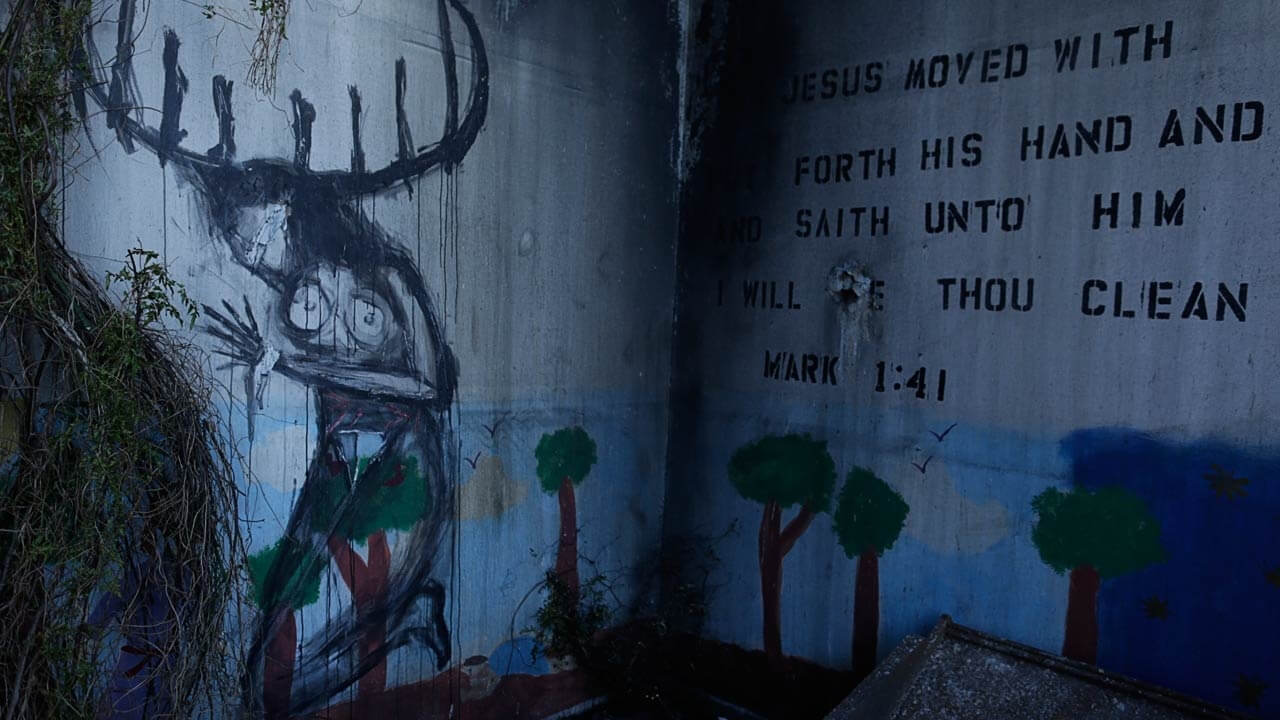
The fundamental problem is his mistresses. From a moral standpoint, they are evil because they distance him from his family. Martin Hart thinks differently. For him, they are a moment to release his emotions. He doesn’t bring these emotions home but leaves them with another woman, so his wife should be grateful that there is peace in the family. Each of his mistresses is merely a sublimation of urges related to the crisis Hart is experiencing. He undergoes moral duplicity because he sees nothing wrong in his actions while judging everyone around him. To his wife and later to his first mistress, he becomes a bad man. In both cases, his actions lead to suffering because he cheats on his wife and disrespects his mistress. Both women were always just objects to him, each with a specific use. Therefore, he becomes very angry when they start to control situations. He then perceives them as the bad ones because they are destroying his reality, which he believes functions within the social order. Martin Hart does not notice that he himself steps beyond established norms and becomes a moral offender. This is evident in two instances.
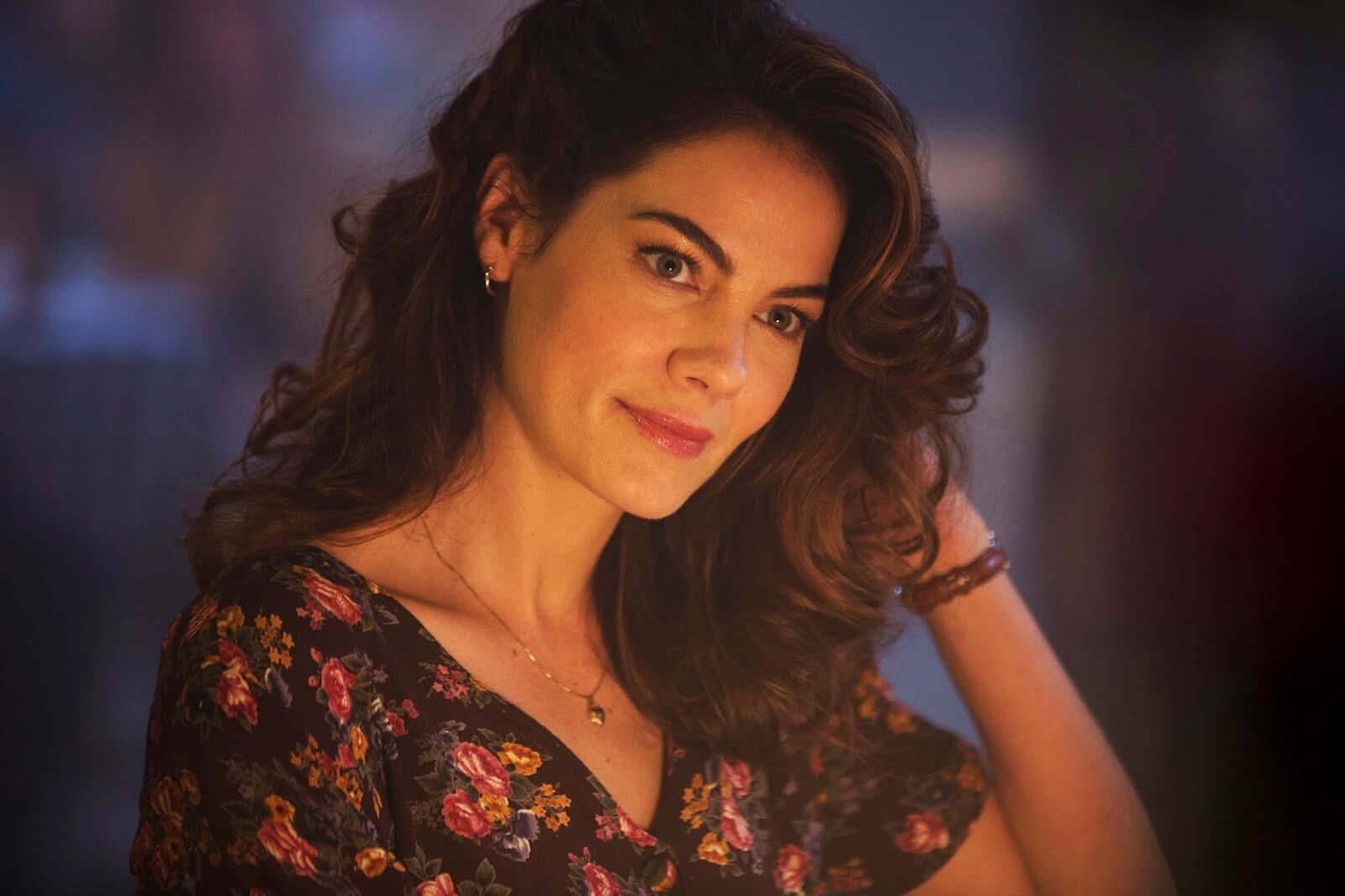
First, when he and Cohle visit the prostitute ranch. He gives one of them, Beth, money to find another occupation and place to live. Later, when he meets her again and she has a different job, Beth becomes his mistress. Thus, Martin Hart degrades her, treating her like an ordinary prostitute. He initially gave her money to change her life but then acts negatively towards her. He doesn’t force her into prostitution, but both have a choice, and neither has to act this way. It was Hart’s responsibility to maintain moral principles because he represents authority and believes he acts according to the established social order. However, he decides to exploit the gratitude of the young girl and cheats again.
He proves the weakness of his moral backbone a second time when his wife gives herself to Rust. He is furious because it turns out his property can also act and achieve intended results. In this way, Hart’s wife wanted to show him how he treated her. She used Rust to prove that his actions caused her anger and suffering. Confused, Hart vents his emotions on his partner, seeing no fault in himself. Only over time does he realize he didn’t behave like a decent husband, but like an immature child, but first, he has to lose his family and reunite with Cohle. He couldn’t understand this before.
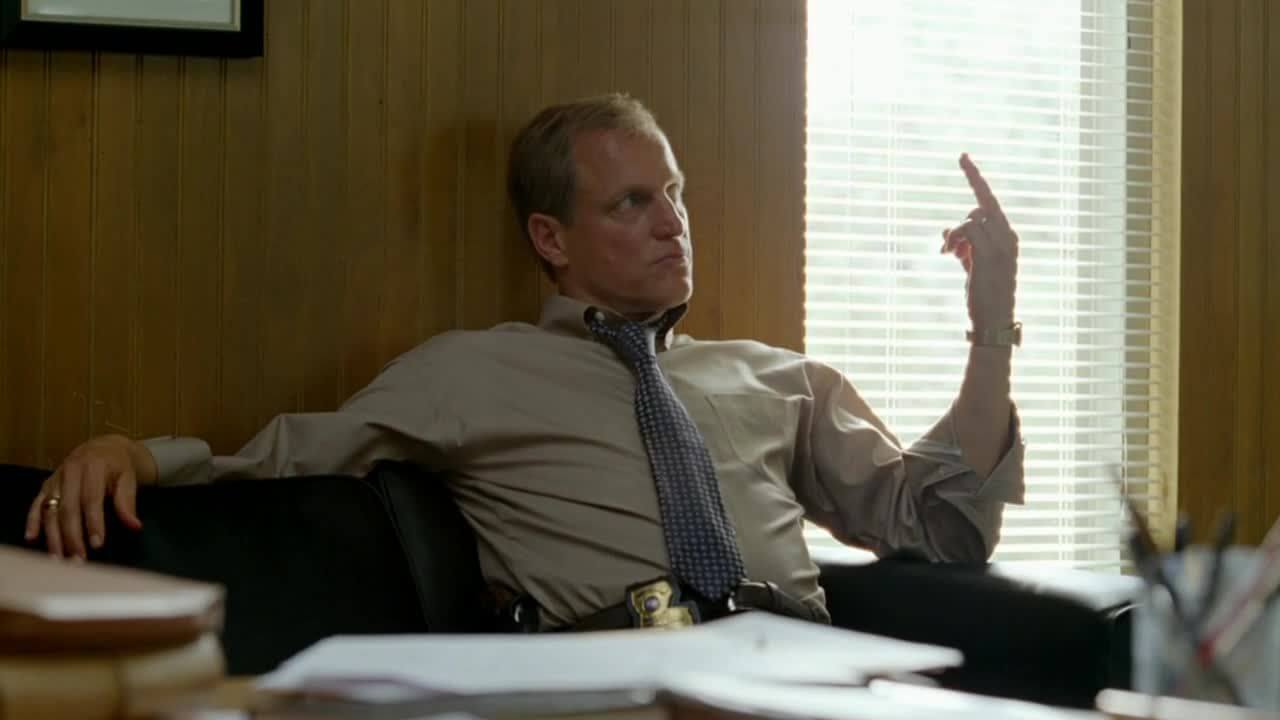
In the series, morality resembles a trap that is easy to fall into but hard to escape. Regardless of whether its foundation is philosophy, religion, or an individual’s internal feelings, it always turns out that a person can be doubly moral. Presenting different views outwardly while acting outside positive social norms. Hart believed his privacy protected him, the sheriff thought hierarchy protected him, and the religious believed faith protected them. When their actions are revealed, it turns out they are not good people; on the contrary, their actions can be assigned negative significance. Morality is not a shield protecting against evil but a double-edged sword.
Ritual Evil in True Detective
The most prominently highlighted form of evil in the series is that associated with specific rituals. The series begins with a murder having such a background, and it later becomes apparent that devil worship and a mysterious voodoo cult are quite popular in the Louisiana area. Evil here has a very specific dimension, not only associated with the presence of unclean forces but also with the way victims are treated. Primarily, it requires repetition with certain elements. In this case, it includes the spiral symbol and the omnipresent demon traps. This symbolic environment gives the place where the detectives find the victim a special significance. It transitions from the realm of the profane to the sacred. It is sanctified by death, which – according to the practitioners of the cult – is a form of blessing. Very importantly, within the faith, the actions of the cultists are not evil. They are justified by the ritual itself. Only the intrusion of an outsider, a non-believer, reveals how horrifying these crimes (child rape, brutal murders) were. The question arises: were all these actions merely for twisted pleasure, or did the participants truly believe they were worshipping a particular deity?
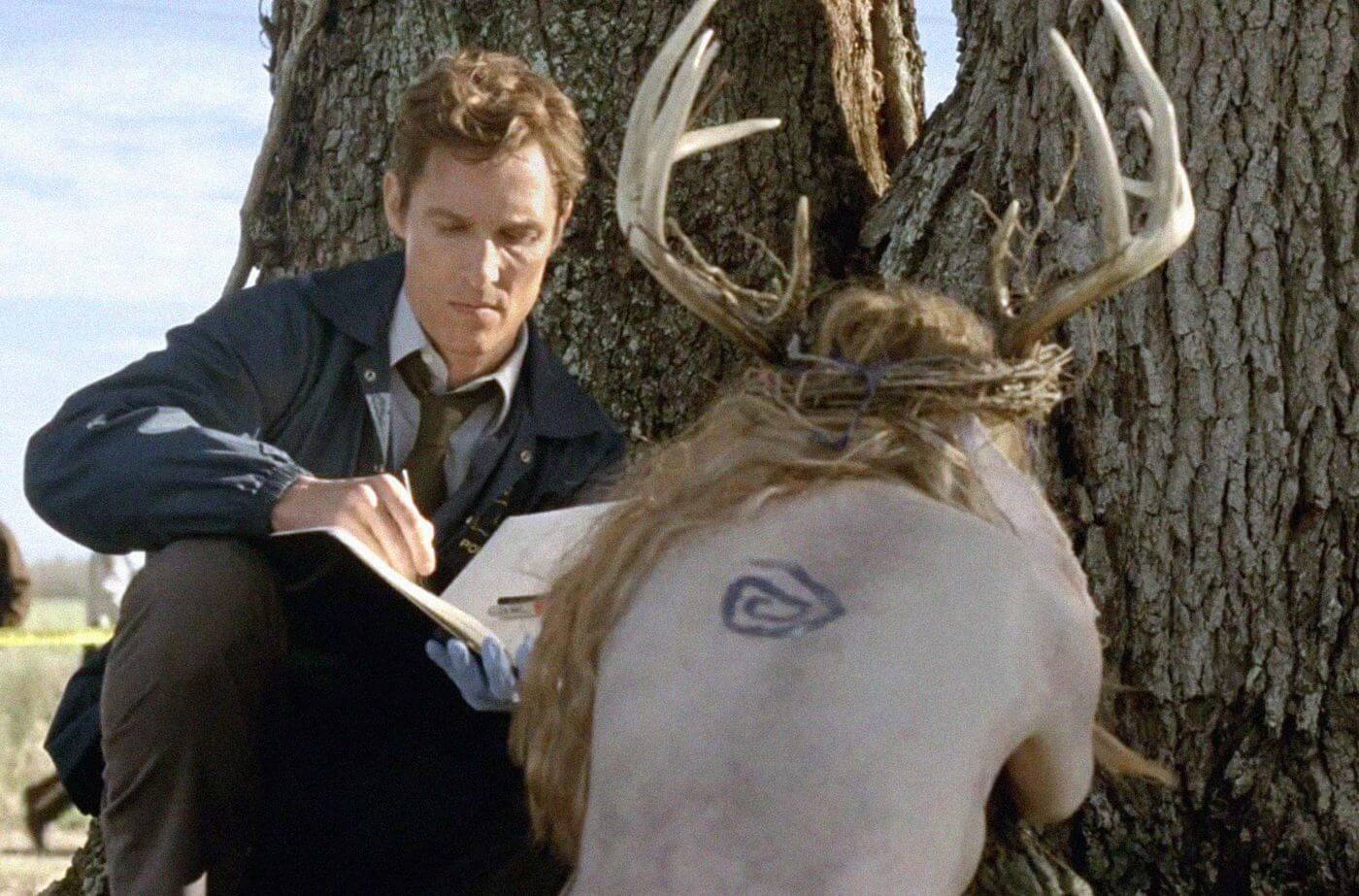
A definitive answer is not possible here. In Tuttle’s case, it is more about a fascination with harming children, a practice condemned by American society. Tuttle runs a Catholic institution, indicating a strong attachment to faith, and by participating in cult practices, he also indulges his inhumane needs. The situation is entirely different for characters like DeWall, Ledoux, and Childress. These individuals actively participated in the cult and believed in their actions. They thought that all their deeds brought them closer to a higher being. Hart and Cohle did not share this view. To them, these were murderers, representing evil.
The symbols used by the cultists have specific functions, none of which are inherently negative. The traps’ purpose is to protect the sacred place from demons. However, one such demon managed to get inside. This demon was Rust Cohle. That’s how DeWall describes him when Rust meets him in a bar. The traps failed because they let in someone unwanted in that territory. Interestingly, neither DeWall nor Ledoux were helped by more traditional solutions, like mines. Their sign, the spiral, is also intriguing. In the Dictionary of Symbols, it is defined as:
The schematic form of the evolution of the universe. The classical form symbolizes growth, associated with the golden number, born from the Earth’s rotational movement […]. The spiral can appear in three main forms: growing (like a nebula), coiling (whirlpool), or stationary (snail shell). In the first form, it is an active and solar symbol, in the other two – negative and lunar.
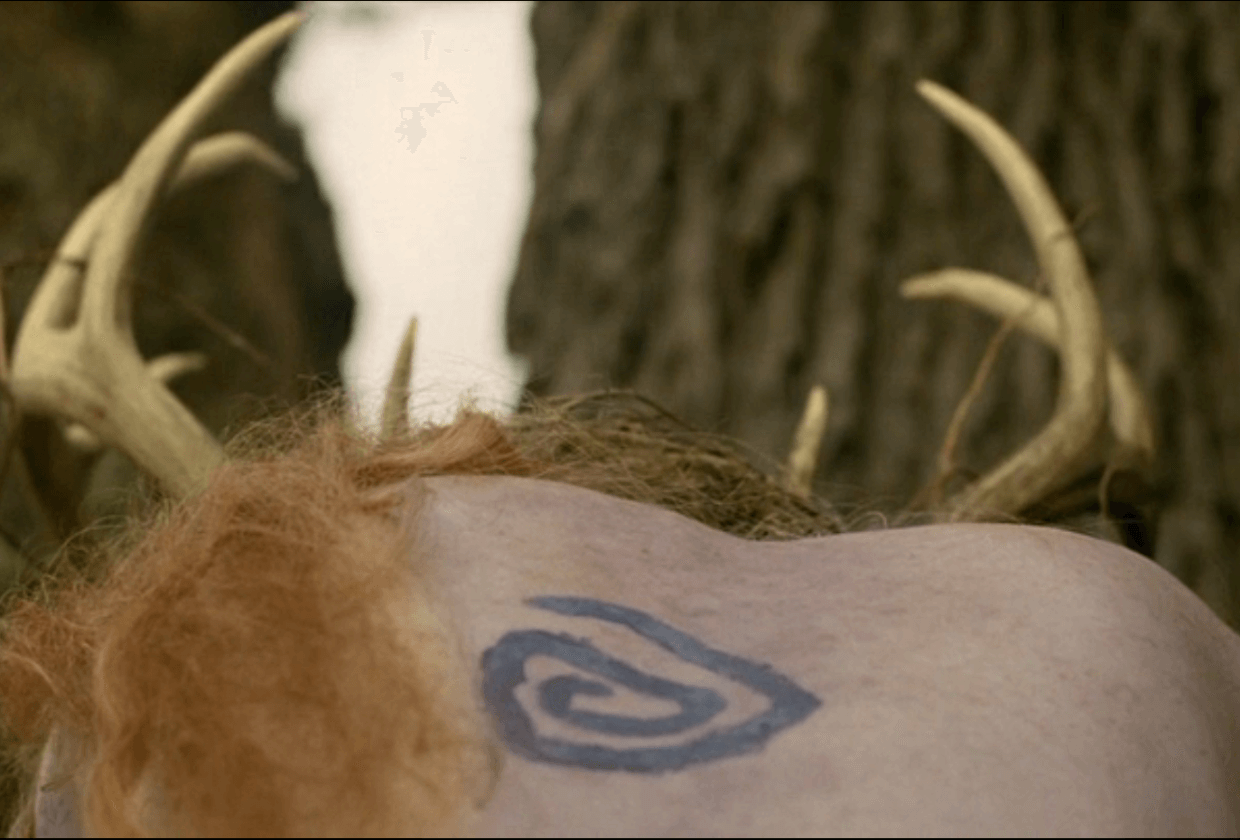
The spiral seen in the series takes the form of a whirlpool. It thus refers to negative and degrading realities. The use of this symbol indicates that the cult is strongly convinced of its power, which is concentrated on people. Their transformation occurs during the ritual, so the place of sanctification must be surrounded by traps. The cult’s victims are appropriately posed and marked. This distinguishes them, gives them uniqueness, and elevates them to the status of a sign (as Childress says about them). This cult is terrifying, and its representative, tracked and killed by the detectives, believes that everything was already planned and is now being fulfilled. This emphasizes the cultists’ concept of time as a wheel. Everything happens repeatedly, and we only play specific roles. This allows them to eliminate any negative judgments of their actions. They cannot be evil if they are merely following pre-trodden paths. The situation is different when we place their deeds in a world governed by linear or spiral time. In the first case, every action has a clear beginning and end and can thus be judged. In the spiral time, it is only seemingly similar to circular time. The beginning always falls in the same place but on a different level. There is the possibility of evaluating changes by referencing another layer.
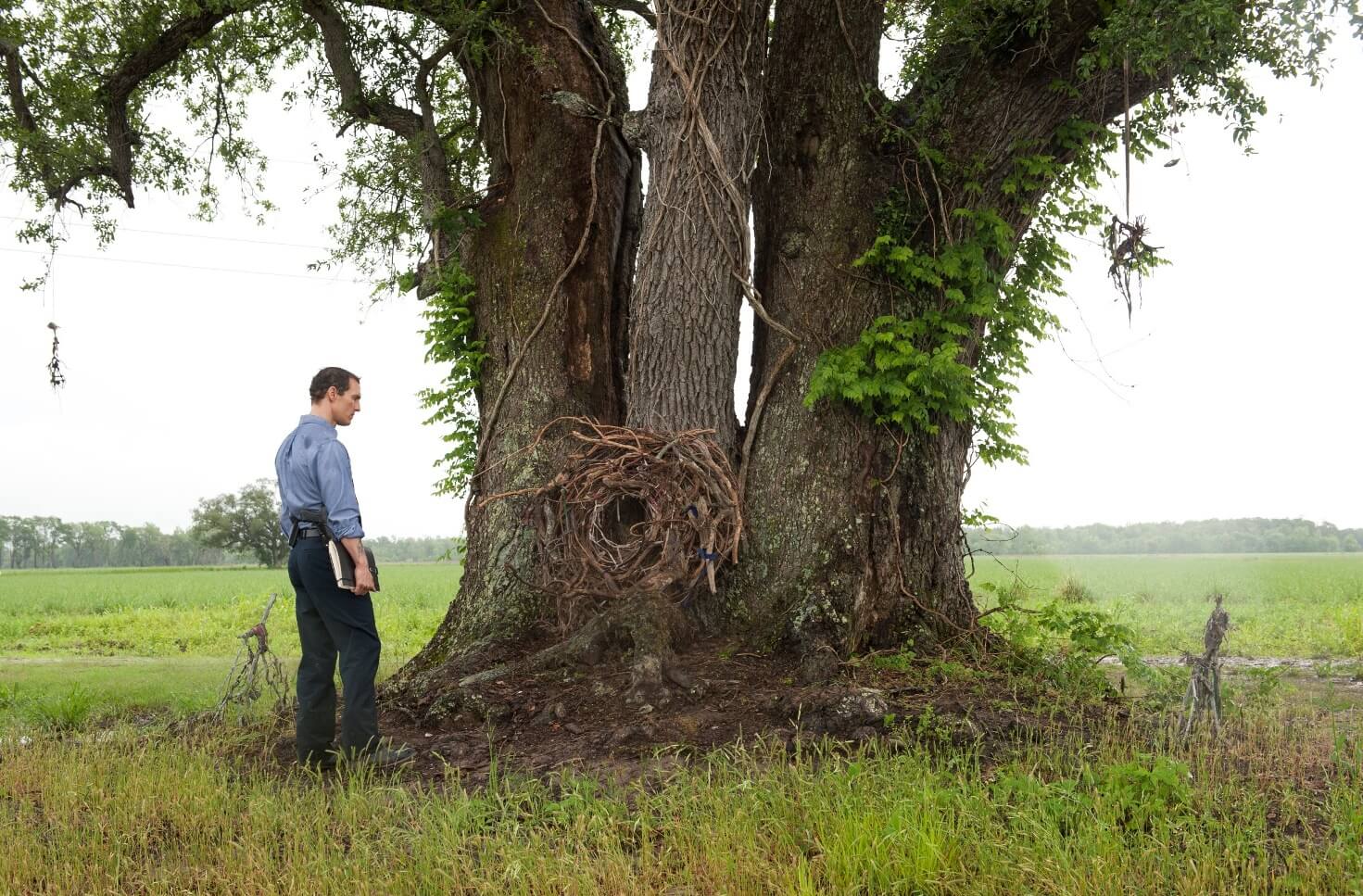
The series also references American literary culture, specifically The King in Yellow and Carcosa. These elements are difficult for me to interpret as I specialize in Polish literary culture and am aware that I may miss many meanings. Therefore, I will skip The King in Yellow and focus solely on Carcosa as presented in the series. I will describe only the senses I have noticed and try to incorporate them into the overall story.
We encounter this place in the final episode of True Detective. It resembles a labyrinth, and at its – at least I suspect – center, there is a very characteristic altar. It is around this altar that the direct confrontation between the characters and Childress takes place. This space is open, with the sky visible, whereas earlier, the characters moved through underground tunnels. This signifies moving towards the light; Carcosa is a place that serves as a beginning for something. Only from here can this force spread across the world. Additionally, Rust Cohle experiences an intriguing vision there. What he sees can be interpreted as a tunnel or an extended spiral. Carcosa intermediates in the exchange of energy, accessing its other resources, but it also breaks time. However, it is not circular but spiral. It becomes a place to return to for a new beginning. From it, a new journey and the acquisition of different experiences begin.
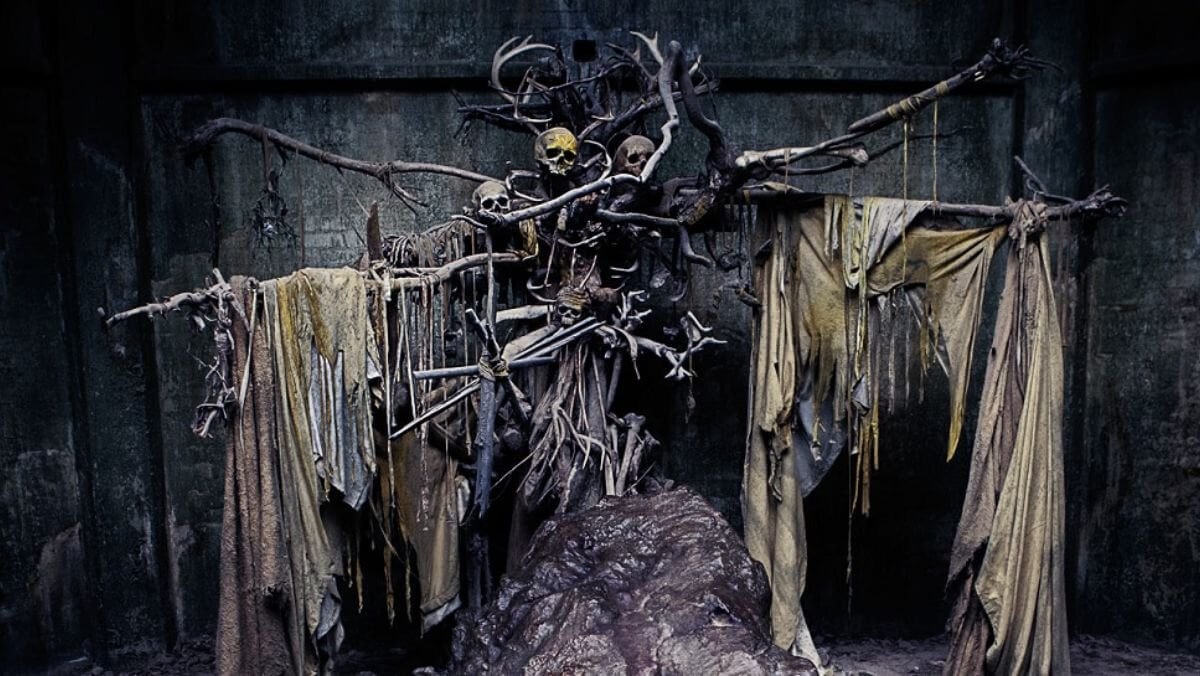
Evil that Transforms
True Detective is a story about the transformation of two characters – Rust Cohle and Marty Hart. This transformation occurs through their confrontation with evil, especially its ritual form. Rust Cohle finds a true friend and gains another chance at a good life. Time for him has become a spiral. Until now, he had been spiraling downward – only the murder of Dora Lang and the conclusion of the investigation into the mysterious cult allowed him to ascend. Hart realized that he had lost his family. Confrontation with evil allowed him to regain it. He, too, received a new life.
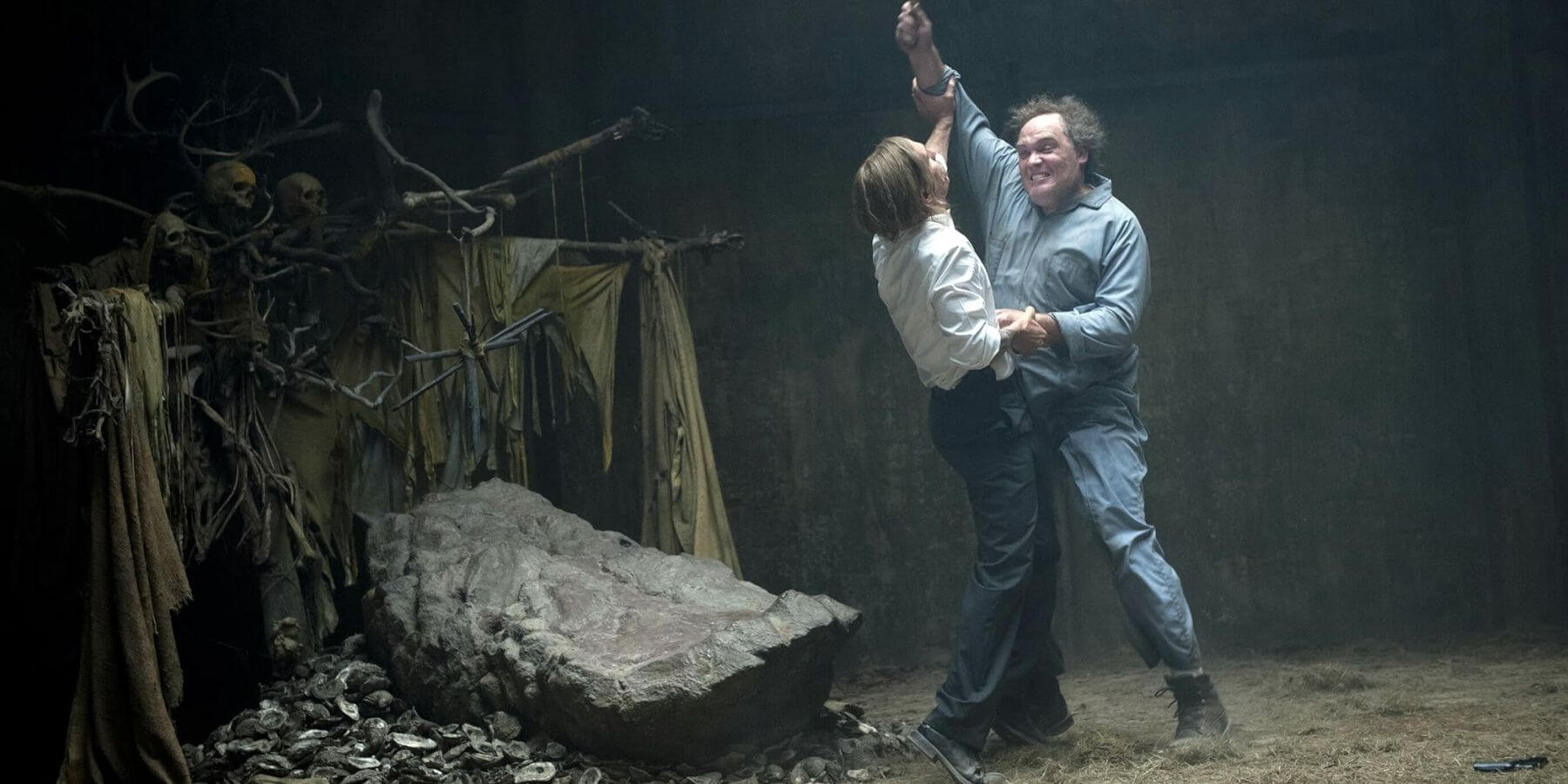
Rust Cohle experiences the presence of another being in Carcosa, saying he felt an all-encompassing love, warmth that overwhelmed him, and while dying, he was going to a place where his deceased daughter awaited him. However, he returned, despite letting go and accepting death. He underwent a transformation and saw that he had taken part in the eternal battle between good and evil. As the Priest of Truth, a man uncovering the universe’s most important secrets, he played a significant role in it. Similarly, his self-deceiving and others-deceiving friend – Martin Hart.
But this story showed them who they could become, what potential lies within them, and how deeply rooted evil is in the world.
Words: Adrian Jaworek

